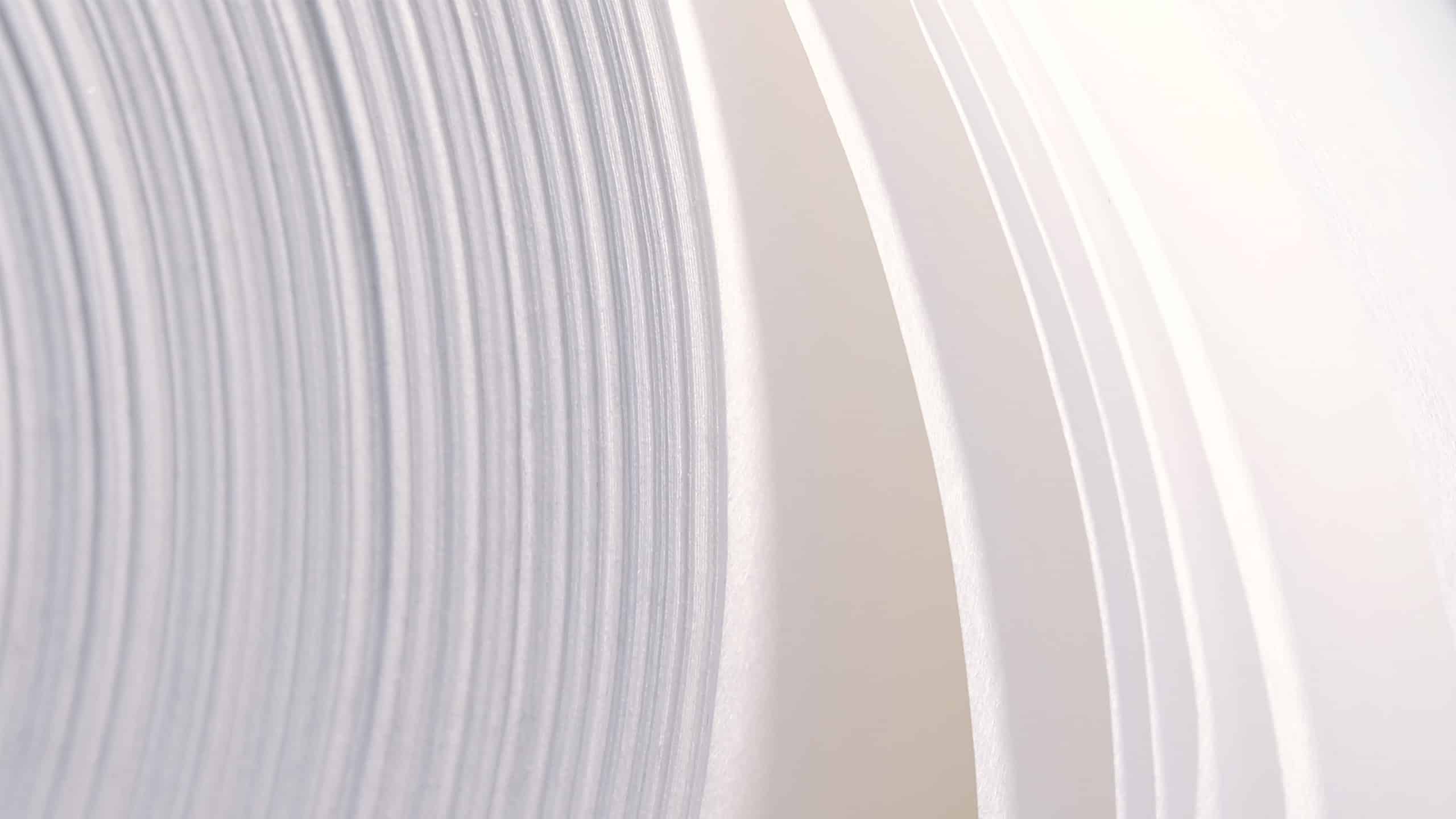How to choose the right sustainable packaging

What are sustainable packaging materials?
Sustainable packaging materials are designed to have minimal impact on the environment throughout their lifecycle. These materials include biodegradable, recyclable, and compostable options, which differ significantly from traditional packaging materials like plastics. The primary goal is to reduce waste and improve the efficiency of resources used in packaging. Biodegradable packaging materials are those that can break down naturally in the environment, often within a few months. Recyclable materials, on the other hand, can be reprocessed into new products, thus extending their lifecycle. Compostable packaging is similar to biodegradable but requires specific conditions to decompose effectively. Compared to traditional materials, these sustainable options offer significant environmental benefits by reducing landfill waste and lowering carbon emissions. We at Paptic always put recycling and circular economy at the forefront.
Why is sustainable packaging important?
The importance of sustainable packaging is underscored by the increasing need to address environmental challenges, such as reducing carbon footprints and minimizing waste. By choosing sustainable packaging, companies can significantly lower their environmental impact, contributing to a more circular economy. This not only helps in conserving resources but also in reducing pollution and greenhouse gas emissions. Moreover, sustainable packaging can enhance a brand’s image, appealing to eco-conscious consumers who are increasingly aware of environmental issues. According to a report by the European Environment Agency, adopting eco-friendly materials can also lead to economic benefits, such as cost savings from resource efficiency and potential financial incentives for sustainable practices.
What are the cost considerations for sustainable packaging?
While sustainable packaging offers numerous environmental benefits, it also involves certain cost considerations. Initially, there might be an investment required to switch from traditional to sustainable materials. However, this initial cost can be offset by long-term savings resulting from improved resource efficiency and potential reductions in waste management expenses. Additionally, there could be financial incentives available for companies that adopt sustainable practices, such as grants or tax benefits. These incentives can further alleviate the initial financial burden, making the transition to sustainable packaging economically viable in the long term.
How does Paptic contribute to sustainable packaging solutions?
At Paptic, we have developed innovative solutions to lead the way in sustainable packaging. Our materials are primarily made from renewable wood fibres, offering a viable alternative to traditional plastics. These materials are not only recyclable and reusable but also provide durability and flexibility, making them ideal for a variety of applications, including bags, hygiene and product packaging. Our commitment to sustainability is reflected in the unique features of our products, such as their silence and softness, enhancing the user experience while maintaining eco-friendliness. By focusing on sustainable growth and leveraging our expertise, we aim to address global environmental challenges and contribute to a more sustainable future.
